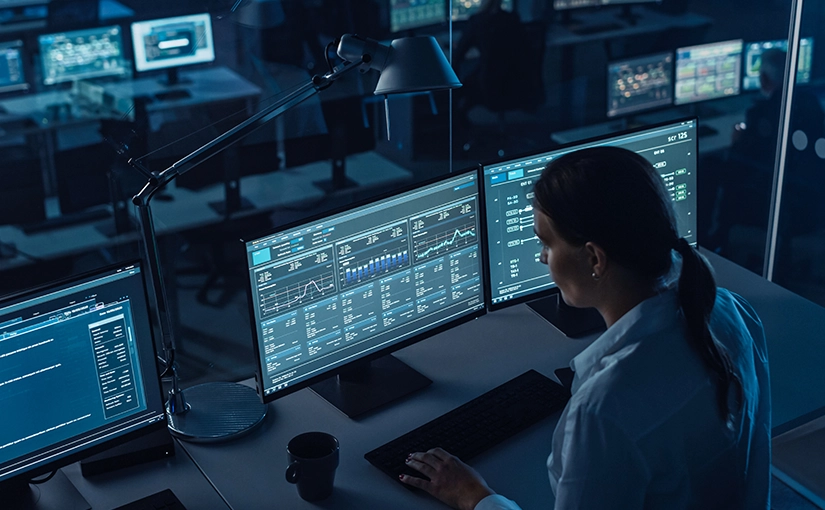A Journey from Horizontal Liferay Portal to DXP Liferay
- Posted on : October 7, 2022
-
- Industry : Corporate
- Service : Digital Experience
- Type: Blog

Background
Traditional, licensed, horizontal portals integration with disparate downstream and upstream systems have expensive maintenance costs during integration.
Multiple integrations impact the data flow, making a uniform solution in all instances difficult. In addition, third-party apps increase the risks and time needed to ensure the data is uniform across applications.
Liferay Digital Experience Platform (DXP) Architecture removes these challenges by offering a product suite that streamlines and removes dependencies on external applications that cause bottlenecks. It allows seamless cross-channel integrations, and the exposed APIs enable data to flow to the downstream system.
Liferay DXP provides better customer experiences for companies undergoing digital transformation. Its tools and processes maintain agility during the rollout.
Liferay embraces a specification-based approach including headless API, OSGi, JCR, and JSR standards. It has moved from a monolithic architecture to Liferay DXP.
Liferay DXP architecture is composed of three broad components.
- Core holds the components together.
- Services include the custom and the OOTB backend and front-end API.
- UI builds a blueprint to create the experiences.
What makes Liferay DXP a robust DXP platform?
OSGi: OSGi is a specification-based approach that helps develop dynamic, modular applications that can be managed easily. Multiple versions of modules can co-exist and applications can refer to the one they want.
JSR: JSR standards that Liferay DXP adopts include JSR 168, JSR 286, and JCR-170, making for a robust platform.
Headless API: Going headless brings a lot of advantages. It allows parallel development of other applications since the external applications consume the API in a RESTful manner. API changes can be rolled out to other applications with less effort. Headless API is a specification-based approach that is a prudent architectural practice. Headless API serves as a backend of Front-End, enables omnichannel experiences, and serves as an integrator of data to be used by other applications.
Liferay DXP Reference Architecture and its Merits
User Experience: The experiences generated are lightweight and lean. Because development is for continuous and sustained experiences with mobile, web, and other touchpoints, it captures mobile/web experiences, personalization, audience targeting, and forms.
Business Agility: Flexible architecture helps develop modularized OSGi-based components, workflow, and a toolkit-based approach that makes rolling out incremental releases easier.
Customer Insights: Omnichannel customer insights integrate well with other tools and analytic platforms (including Google Analytics or Flourish). Liferay DXP serves as the single source of truth, capturing users' social equity.
How Infogain completed a large Liferay DXP upgrade project?
Infogain implemented a Liferay DXP 7.2 portal upgrade for a Fortune 100 personal computer and printer developer. The upgrade supported testing in 24 languages, migrated 8,000-plus articles to DXP format, and integrated 90 applications.
The upgrade was challenging because the initial code and data were an old version of Liferay. Infogain had to upgrade to 7.2 since support for Liferay 6.1 was ending. Infogain adopted a two-step approach by upgrading the database of Liferay 6.1 to Liferay 7.1 using the EE bundle and then to Liferay 7.2 EE bundle. While upgrading the database, we modernized the code using a lift-and-shift approach with a total rewrite of code using the Liferay upgrade tool that is part of Liferay developer studio. Migrating the search infrastructure and code from SOLR to Elastic Search 7.3 completed the upgrade.






